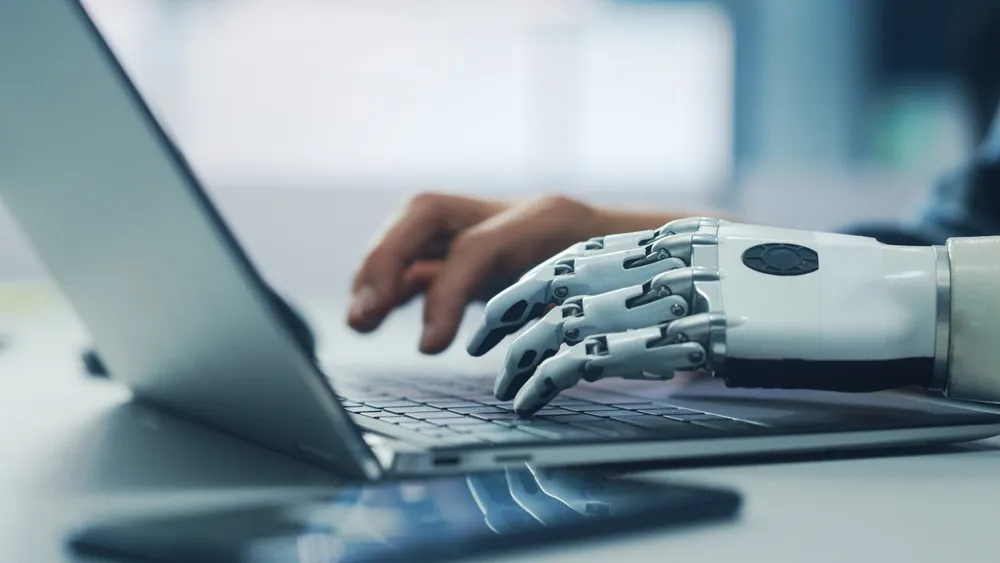9 Ways to Include AI in Your Workforce

- Workforce optimization will likely be redefined in the next few years.
- Speculations swirl in the business community about how AI will change the way work is done.
- These nine points can help you leverage AI as a third worker type in your workforce.
Workforce optimization—establishing a strategic mix of employees and contractors—will likely be redefined in the next few years. With AI coming on the scene in a big way, speculations swirl in the business community about how it will change the way work is done. Will it cause jobs to be lost as it takes on roles currently filled by people? Will it make some roles completely obsolete?
Our State of Independence (SOI) research indicates that workers are not thinking in these terms. Only 8% of independent professionals considered their work at risk of being replaced by AI in the next five years, with 13% of employees saying the same. Instead, many workers consider AI helpful in their work. Most SOI survey respondents (85%) found generative AI useful to at least some degree, with 26% finding it extremely useful.
A message in this data points to an effective strategy for enterprises as they implement AI: consider it a third worker type, alongside employees and independent talent.
Supporting the Third Worker
What does a high-performing workplace look like when AI is considered a worker with employees and contingent labor? Here are points to leverage to arrive at a favorable answer to that question.
1. Keep AI front and center for managers and workers
Communicate transparently and often about how AI is being deployed and what’s changing as a result.
2. Frame AI as a colleague
Help workers embrace AI to improve performance and outcomes. Give them the training they need to best use the technology.
3. Emphasize power (soft) skills throughout the workforce
Put attention on the human skills needed to work effectively. Create training tracks for skills like conflict resolution, problem-solving, and innovation. Put AI into play as a tool to help workers with writing and other communication skills. Incorporate screening for power skills in your hiring and engagement processes.
4. Align all three worker groups behind data-based decision-making
Train your human workers to build queries for AI to capture and analyze the right data. Make sure they understand how to apply AI results to their decision-making.
5. Stay up to date about how AI is being used
Keep checking where and how the third worker shows up in the business. In addition to enterprise-sponsored initiatives, workers or teams may be using AI on their own. These individual uses may end up being the most transformative in the long run.
6. Curate your AI
You curate your employees and independent contractors by matching their skills to the best-fit projects and tasks. Do the same for AI.
7. Invite input from human workers
Encourage teams to provide feedback about how AI is working for them, including how processes and workflows need to change to make the most of their new colleague.
8. Conduct periodic AI performance reviews
We are just now on the threshold of the age of AI. Its evolution may be fast, and tracking current AI tools’ performance is important.
9. Stay informed about developments in AI
Keep your finger on the pulse of AI technology and how it is being used in your industry and across business sectors. Remember that today’s popular tool could become outdated in a short time and make sure your third worker stays current and helpful.
Categories
Subscribe to the Insights blog to get weekly insights on the next way of working
Source, engage, and manage high value talent through MBO marketplace
Learn more about MBO
Learn how to start, run and grow your business with expert insights from MBO Partners
Learn how to find, manage and retain top-tier independent talent for your independent workforce.
MBO Partners publishes influential reports, cited by government and other major media outlets.
Research and tools designed to uncover insights and develop groundbreaking solutions.


